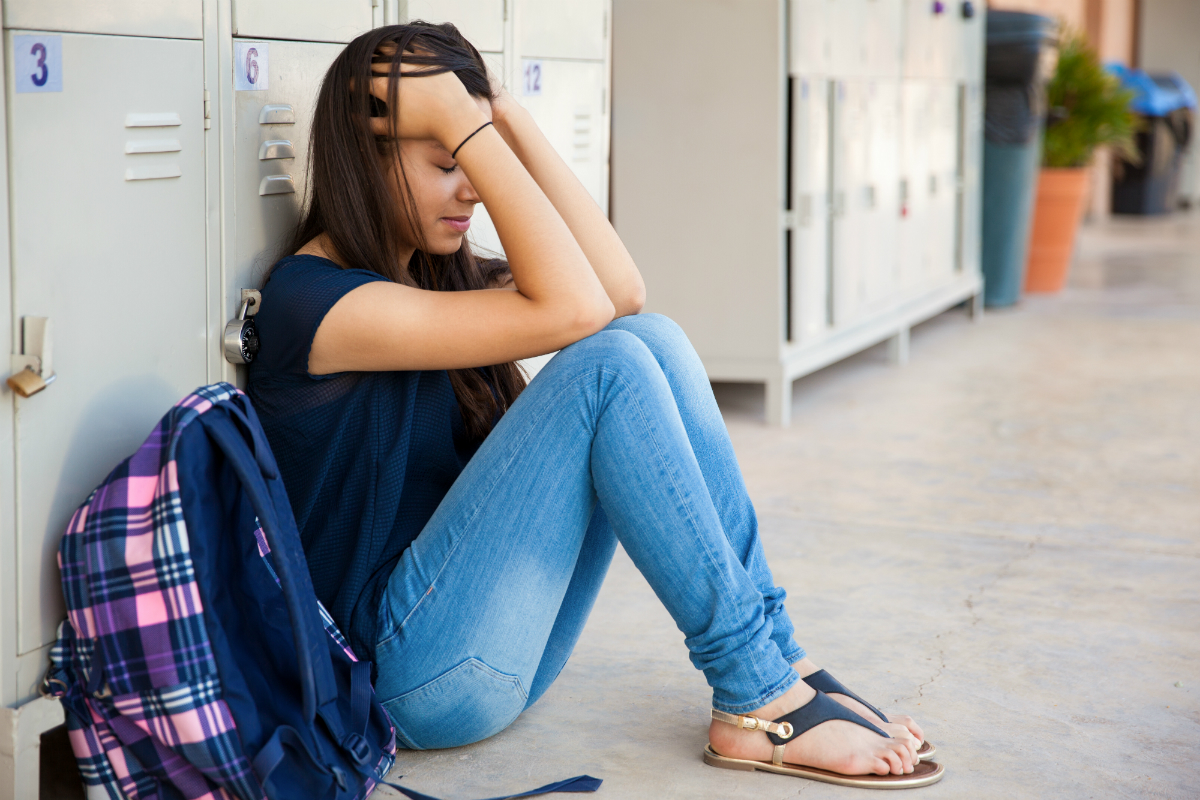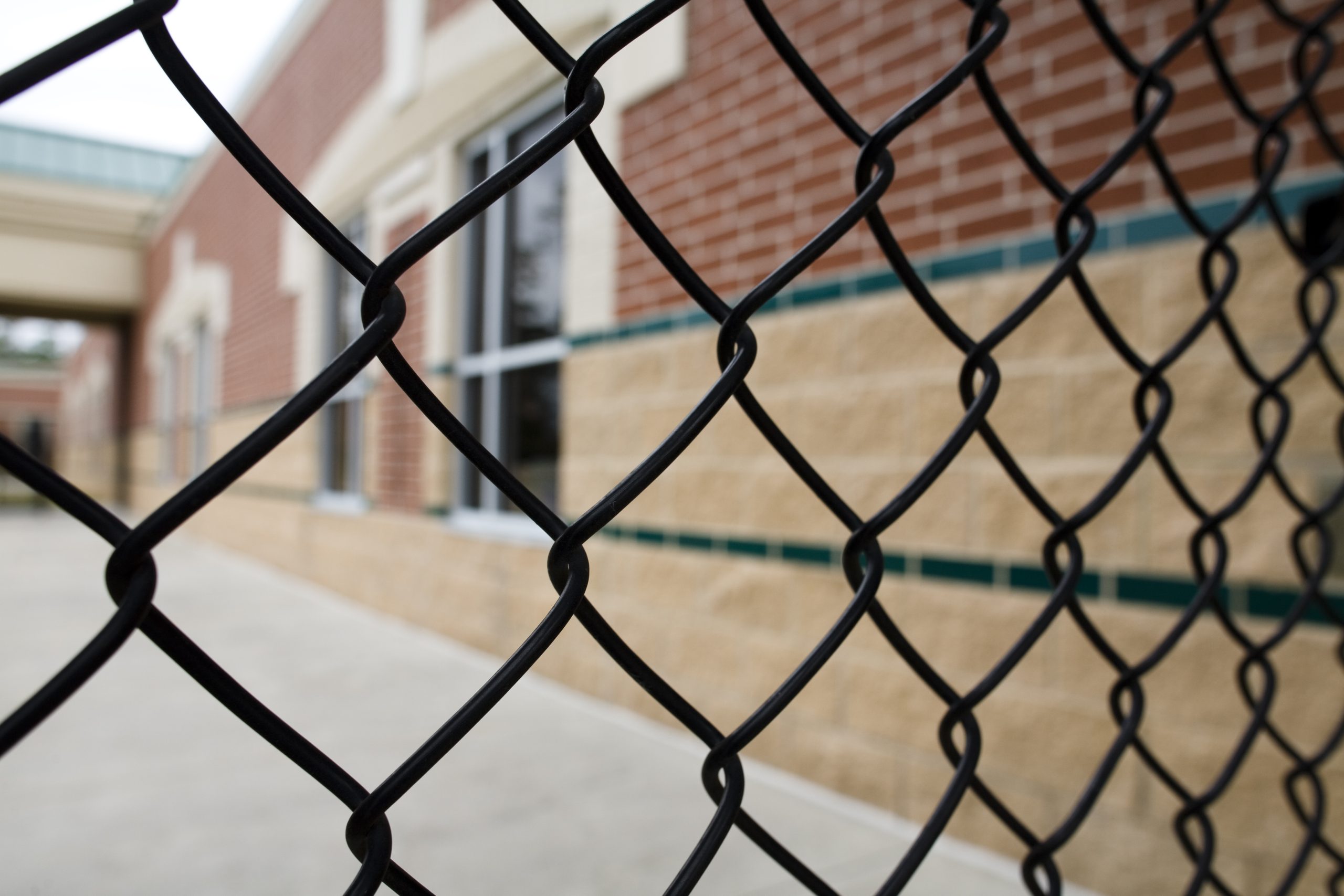April 2020 marked the first month with no shootings on school grounds in nearly two decades. It also marked the first full month in which students throughout the country remained home as schools and businesses closed their doors due to the rapid spread of COVID-19.
Since campuses began reopening on a larger scale in March 2021, there have been 14 school shootings — the highest total over that period during any year since at least 1999, according to a Washington Post analysis, which noted that this spring, “many kids had returned to school just days, or even hours, before they were forced to run from gunshots.”
These incidents happened in 12 different states. Six in cities, five in rural towns and three in the suburbs, spanning high-, middle- and low-income communities with different racial and ethnic makeups. And while none were considered mass shootings with a combined three dead and eight wounded, the number of casualties doesn’t capture the full impact.
In the 22 years since the mass shooting at Columbine High School, more than a quarter of a million children have been exposed to gun violence during school hours.
“When we think about the cost of school shootings, they’re often quantified in terms of the cost to the individuals who die or are injured, and their families. Those costs are unfathomable and undeniable,” said Maya Rossin-Slater, a faculty fellow at the Stanford Institute for Economic Policy Research. “But the reality is that there are many more students exposed to school shootings and survive. And the broad implication is to think about the cost not just to the direct victims but to those who are indirectly affected.”
A 2019 Stanford-led study co-authored by Rossin-Slater found that the average rate of antidepressant use among youths under age 20 rose by 21 percent in the communities where fatal school shootings occurred. That increase — based on comparisons two years before the incident and two years after — persisted even in the third year out. Researchers also found no evidence that the rise in antidepressant usage stemmed from mental health conditions that were previously undiagnosed prior to the shootings.
“There are articles that suggest school shootings are the new norm — they’re happening so frequently that we’re getting desensitized to them — and that maybe for the people who survive, they just go back to normal life because this is just life in America. But what our study shows is that does not appear to be the case,” Rossin-Slater said in a statement. “There are real consequences on an important marker of mental health.”
Experts have expressed concern that more students will return to campus struggling with their mental health due to the trauma, social isolation and stress of the pandemic. This has left some teachers, parents and students reporting unease over what’s to come this fall.
Research has long demonstrated that people with mental health issues account for very few gun homicides perpetrated annually, but a 2002 report from the United States Secret Service and U.S. Department of Education wrote that a majority of school shooters report mental health problems such as depression and/or suicidal thoughts.
While local educational agencies don’t have the authority to pass comprehensive gun control legislation, enforce laws already on the books or mitigate gun violence outside the walls of their schools, education officials can establish policies to help address some of the root causes of violence among students.
As students return to campus en masse this fall, LEAs should prioritize social-emotional learning initiatives, which can aid in the development of anger management, impulse control, empathy and problem-solving among youth and help them to effectively confront and resolve emotional turmoil.
Agnes Varghese, a fifth-year Ph.D. candidate in developmental psychology at the University of California, Riverside, wrote in an Ed Source op-ed that such programs have been tied to a noteworthy reduction in aggression, which is evident in school shooters, as well as declines in suspensions and suicidal thoughts, and improvements in emotion regulation and academic outcomes.
“When we use social and emotional learning programs, we target everyone, not a particular group or individual,” Varghese wrote. “That is, mental health services are made available to individuals who fit the typical school shooter profile, individuals who are unexpected but capable of being shooters and to every other student. Thus, every student is provided mental health tools that are beneficial across the board.”





